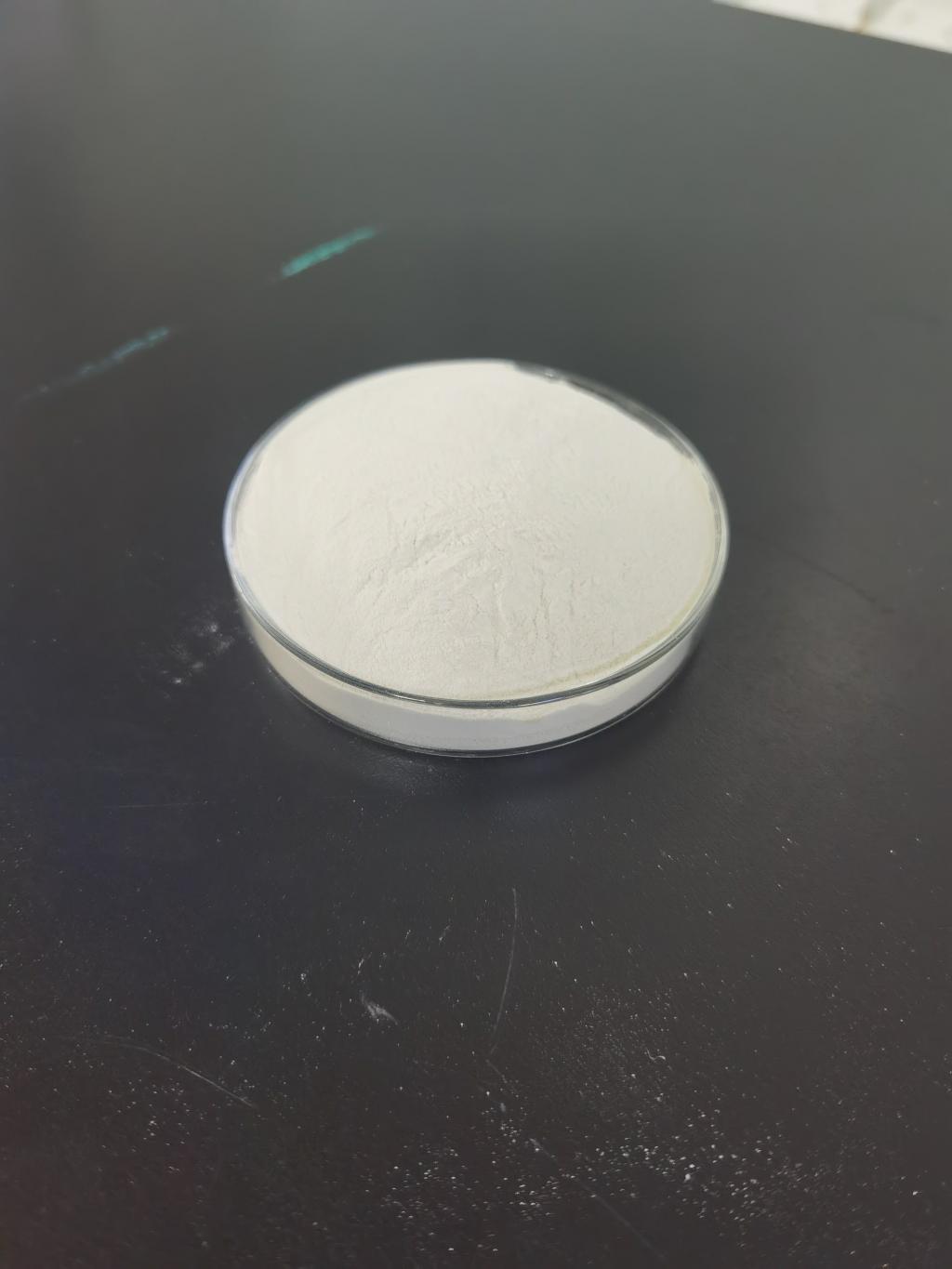Tel:+8618231198596

News
 CONTACT
CONTACT
 CONTACT
CONTACT
- Linkman:Linda Yao
- Tel: +8618231198596
- Email:linda.yao@dcpharma.cn
- Linkman:CHARLES.WANG
- Department:Overseas
- Tel: 0086 0311-85537378 0086 0311-85539701
News
Current Position:
Home >
News
>Nisin's Role in Improving Food Safety Awareness in Home Cooking and Meal Preparation
Nisin's Role in Improving Food Safety Awareness in Home Cooking and Meal Preparation
TIME:2024-03-15
Understanding Nisin
Nisin is a heat-stable peptide that exhibits antimicrobial activity against a wide range of bacteria, including some pathogens such as Staphylococcus aureus, Listeria monocytogenes, and Clostridium botulinum. It works by disrupting the cell membranes of target bacteria, leading to cell death. Nisin has been used for decades as a food preservative in various processed foods, particularly dairy and meat products. Its safety for human consumption has been well established, and it is approved for use in many countries, including the United States and the European Union.
Benefits of Nisin in Home Cooking
Preservation of Food: One of the primary benefits of using nisin in home cooking is its ability to extend the shelf life of perishable foods. By inhibiting the growth of spoilage bacteria and foodborne pathogens, nisin helps prevent food spoilage and reduces the risk of foodborne illnesses.
Natural Alternative to Chemical Preservatives: With increasing consumer demand for natural and clean-label products, nisin offers a viable alternative to synthetic chemical preservatives. Its natural origin and safety profile make it an attractive option for individuals seeking to minimize their exposure to artificial additives.
Enhanced Food Safety: Incorporating nisin into home-cooked meals can enhance food safety by reducing the risk of bacterial contamination. This is especially important for high-risk foods such as raw meat, poultry, seafood, and dairy products, which are prone to bacterial contamination if not handled properly.
Versatility in Application: Nisin can be easily incorporated into various recipes and food products without affecting their taste, texture, or appearance. It is available in different forms, including liquid solutions, powder, and encapsulated formulations, making it suitable for different cooking methods and culinary preferences.
Promoting Food Safety Awareness
In addition to its direct benefits in home cooking, nisin can play a significant role in promoting food safety awareness among consumers. By educating individuals about the importance of proper food handling, storage, and cooking practices, nisin serves as a catalyst for behavior change and responsible food consumption. Some ways in which nisin can contribute to food safety awareness include:
Educational Campaigns: Food safety organizations and public health agencies can leverage nisin as a focal point in educational campaigns aimed at raising awareness about safe food handling practices. These campaigns can emphasize the role of nisin in preventing foodborne illnesses and encourage consumers to adopt proper food safety habits in their kitchens.
Labeling and Packaging: Food products containing nisin can be labeled to inform consumers about its presence and its role in enhancing food safety. Clear labeling and packaging can help consumers make informed choices and prioritize products that prioritize food safety.
Culinary Training and Workshops: Cooking schools, culinary institutes, and community organizations can incorporate lessons on food safety and the use of natural antimicrobial agents like nisin into their curriculum. Hands-on workshops and demonstrations can empower individuals to adopt safer food handling practices and become more confident in their cooking abilities.
Online Resources and Social Media: Food bloggers, chefs, and nutritionists can use online platforms and social media channels to share information and tips on food safety, including the use of nisin in home cooking. Engaging content such as recipe videos, cooking tutorials, and Q&A sessions can reach a wide audience and inspire them to prioritize food safety in their daily lives.
Conclusion
Nisin offers a promising solution for improving food safety awareness in home cooking and meal preparation. Its natural origin, effectiveness against foodborne pathogens, and versatility in application make it an ideal choice for enhancing the safety and quality of homemade meals. By incorporating nisin into cooking practices and promoting awareness about its benefits, consumers can take proactive steps towards reducing the risk of foodborne illnesses and enjoying healthier, safer meals at home.
- Tel:+8618231198596
- Whatsapp:18231198596
- Chat With Skype







